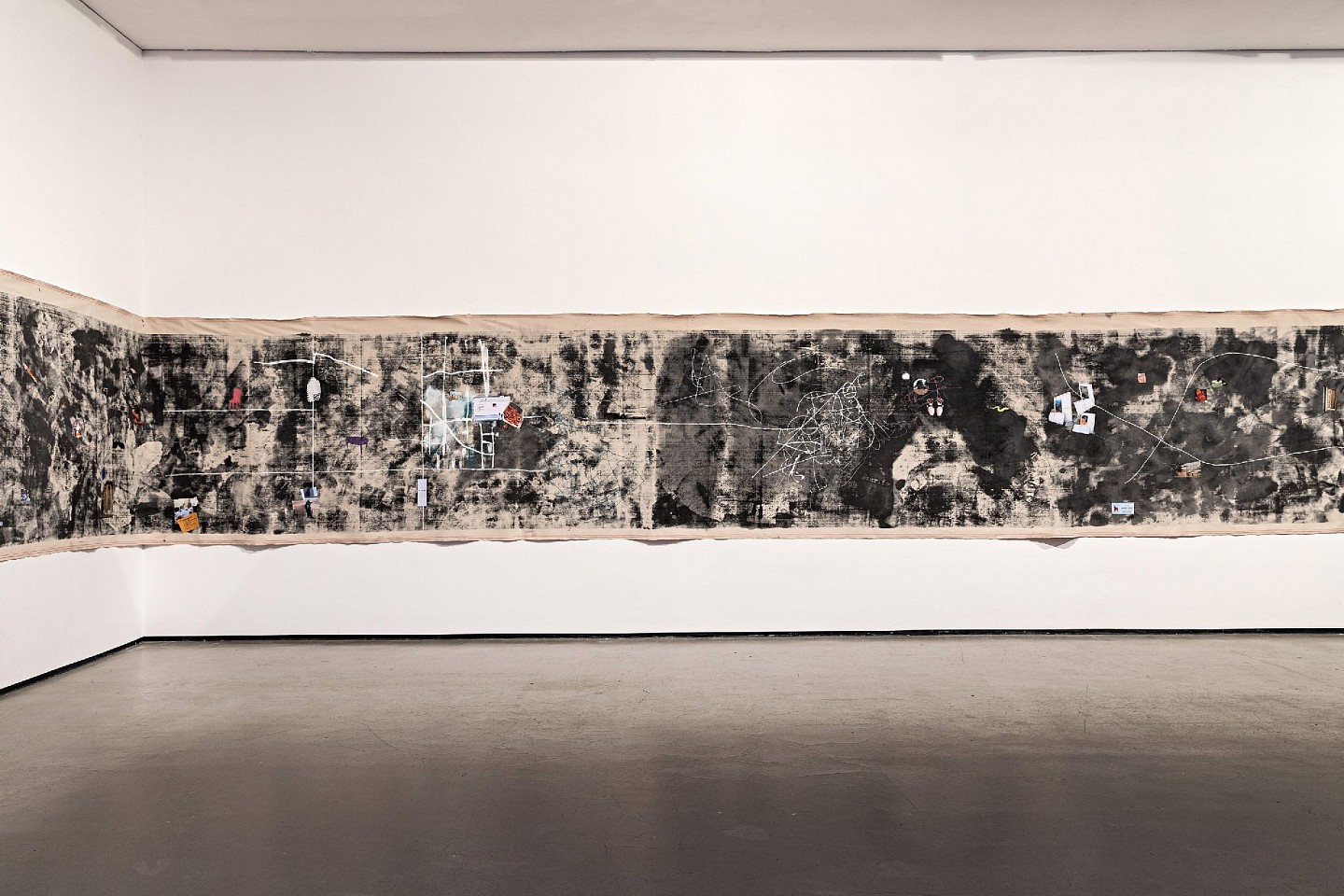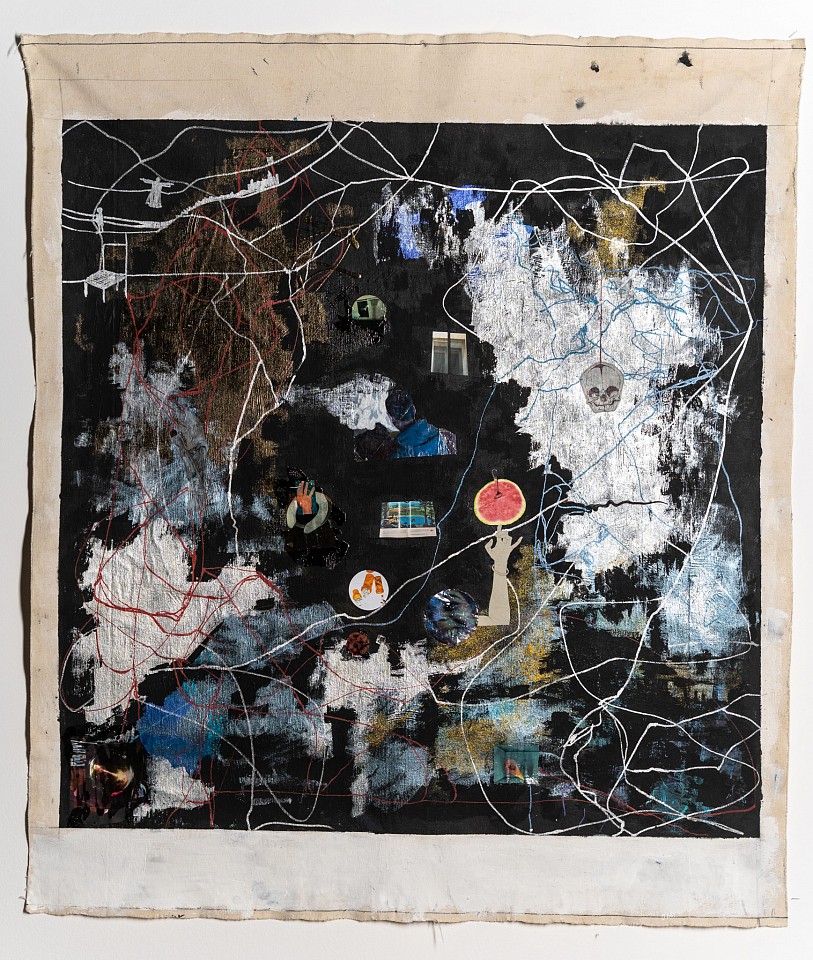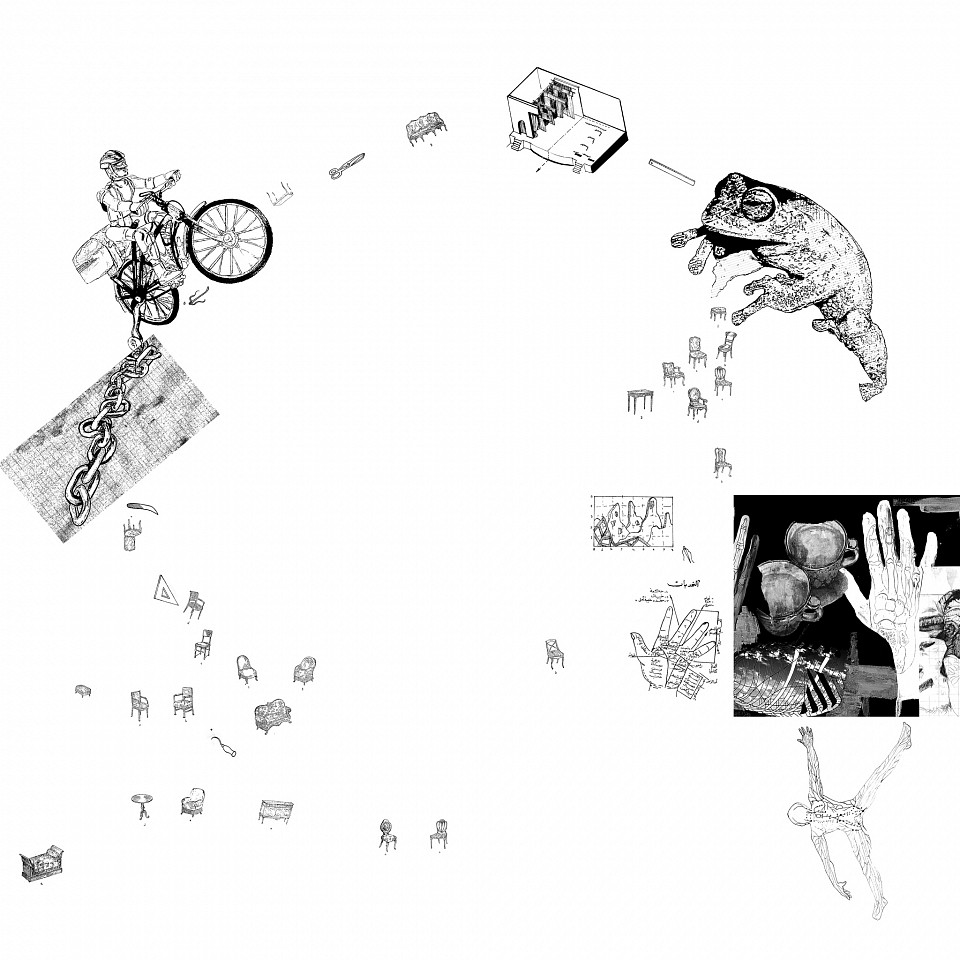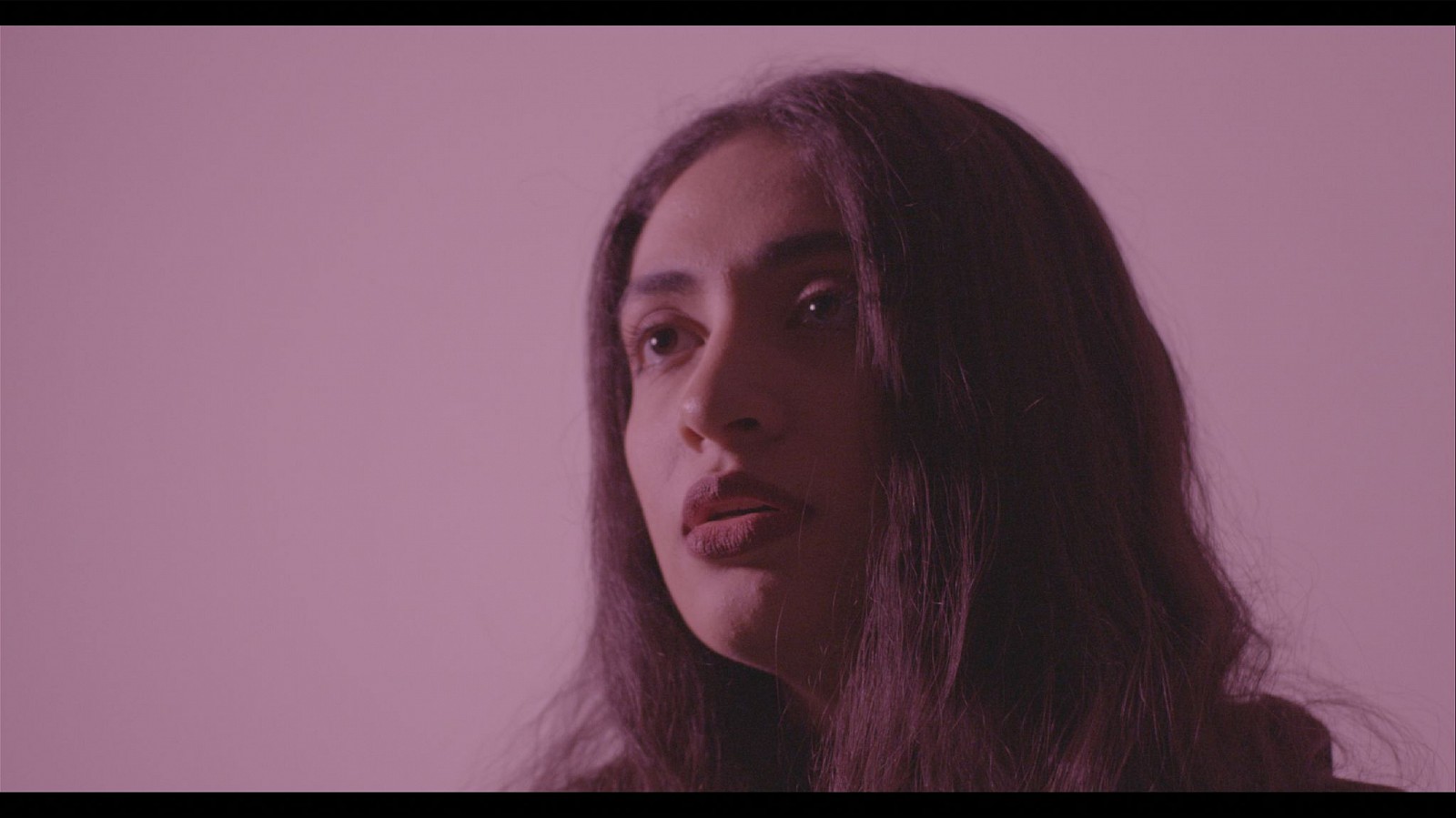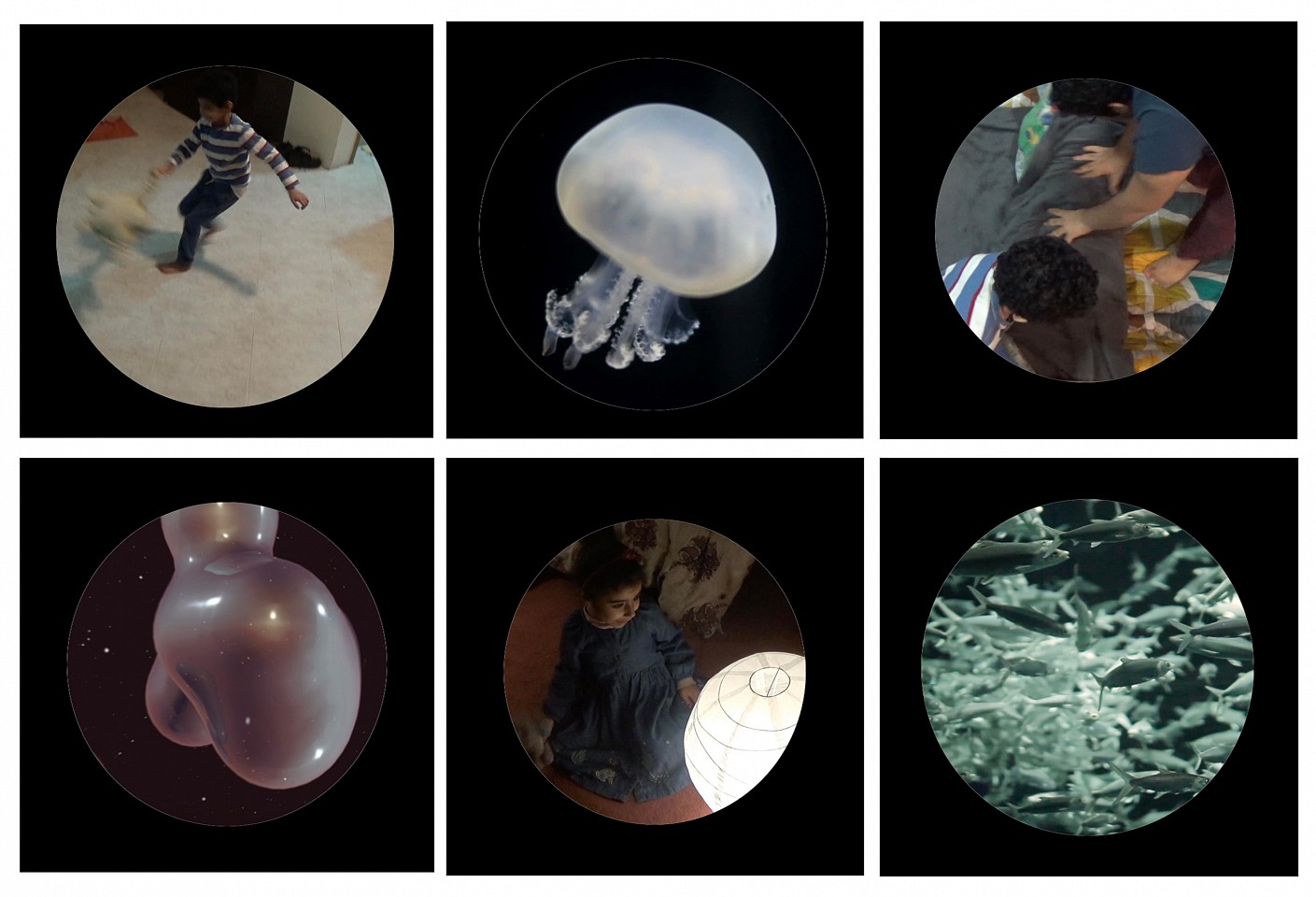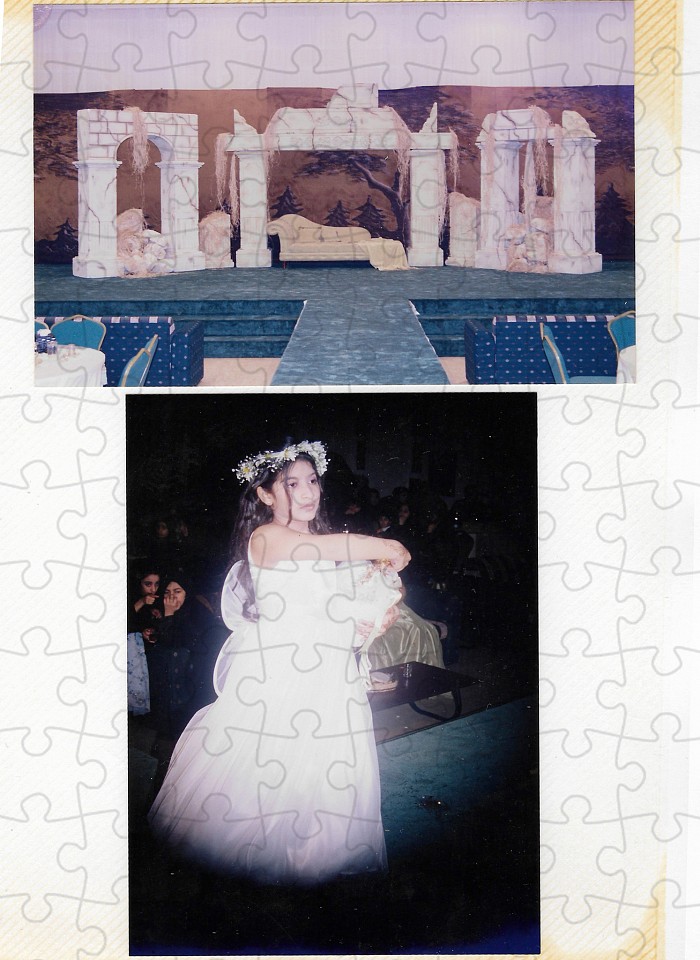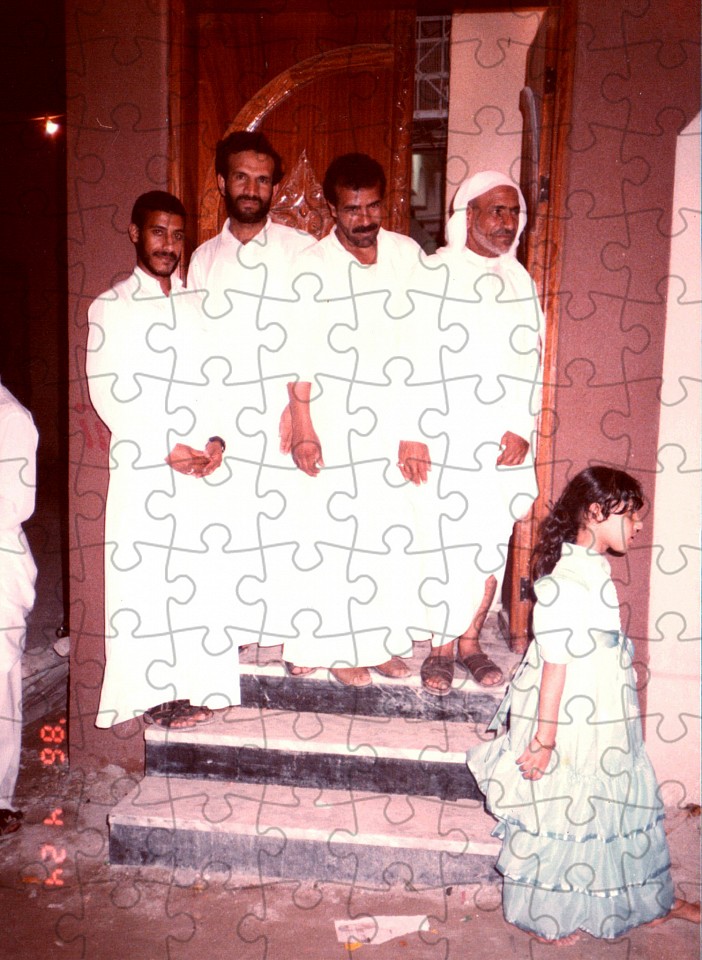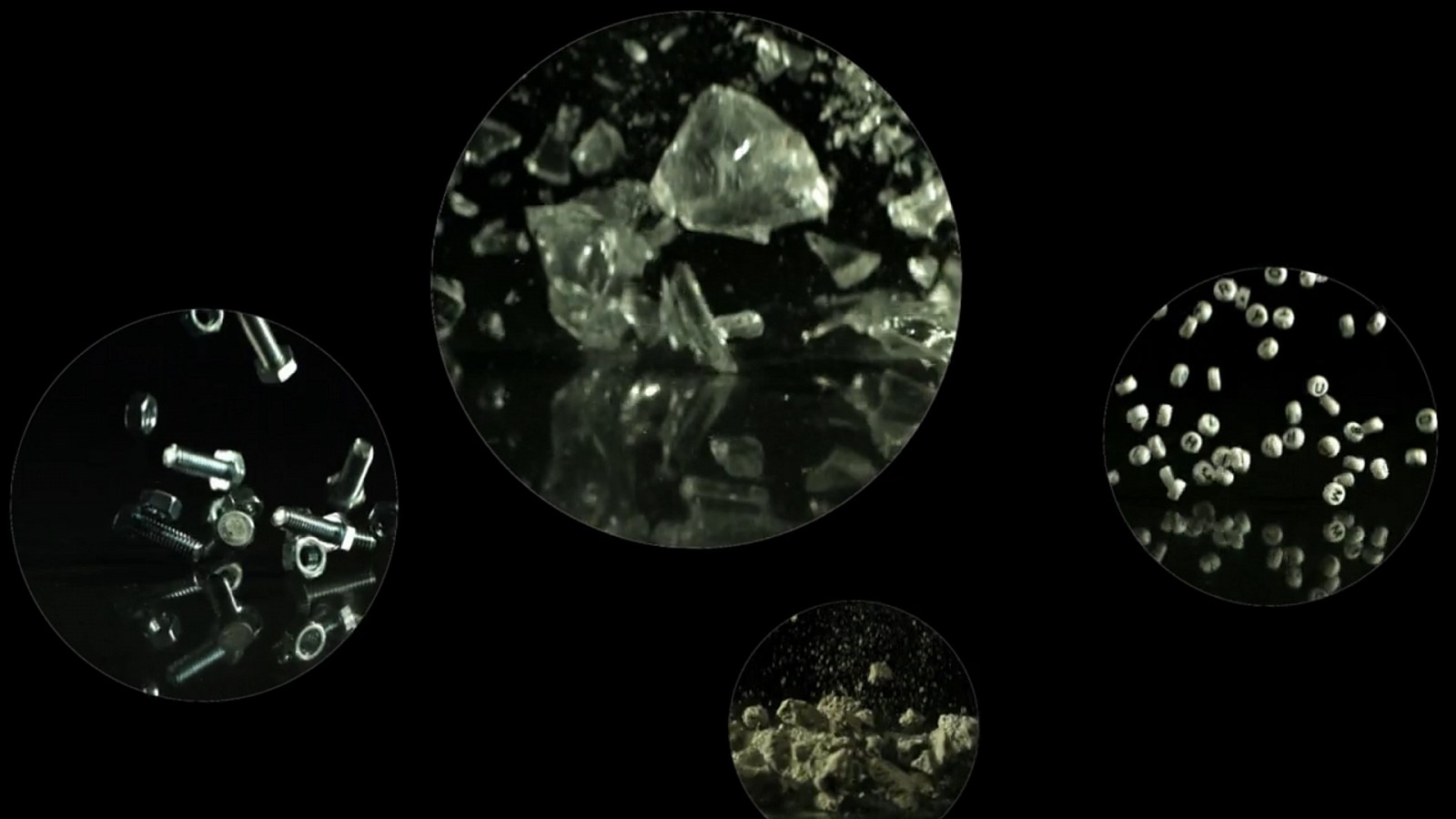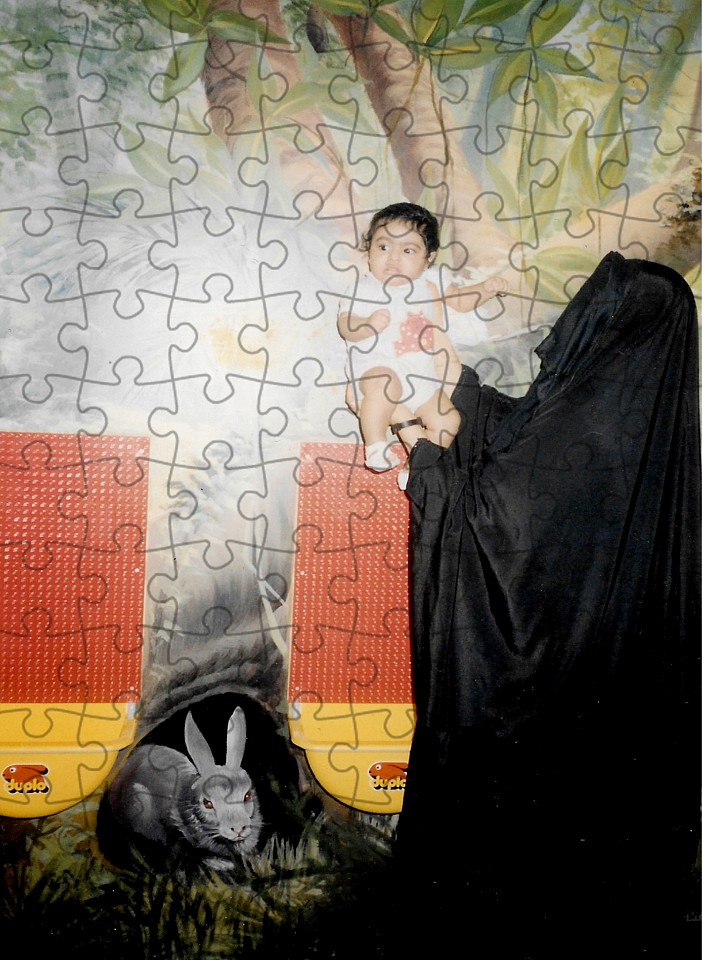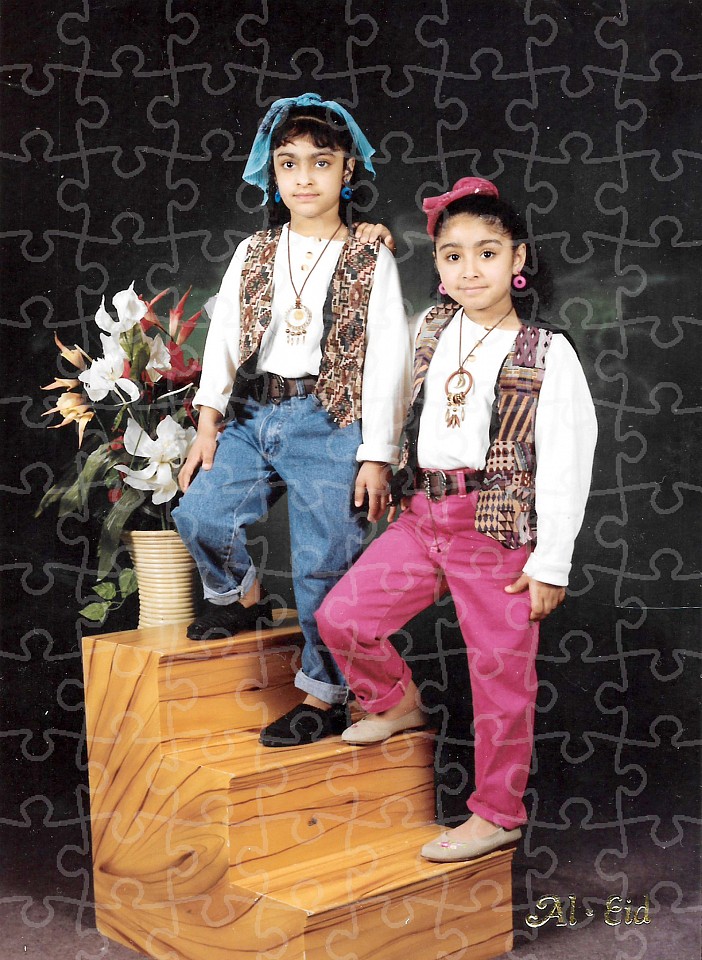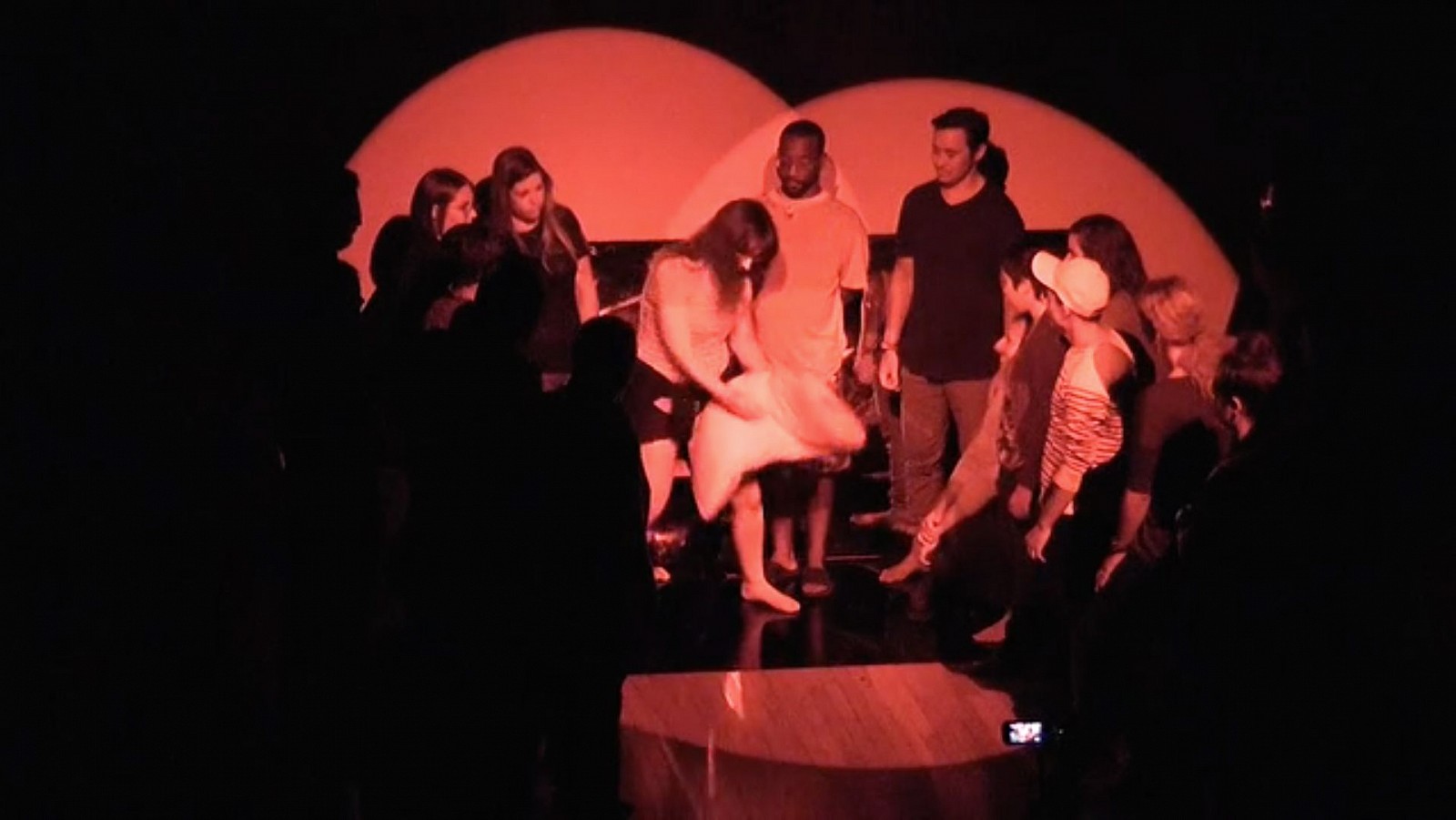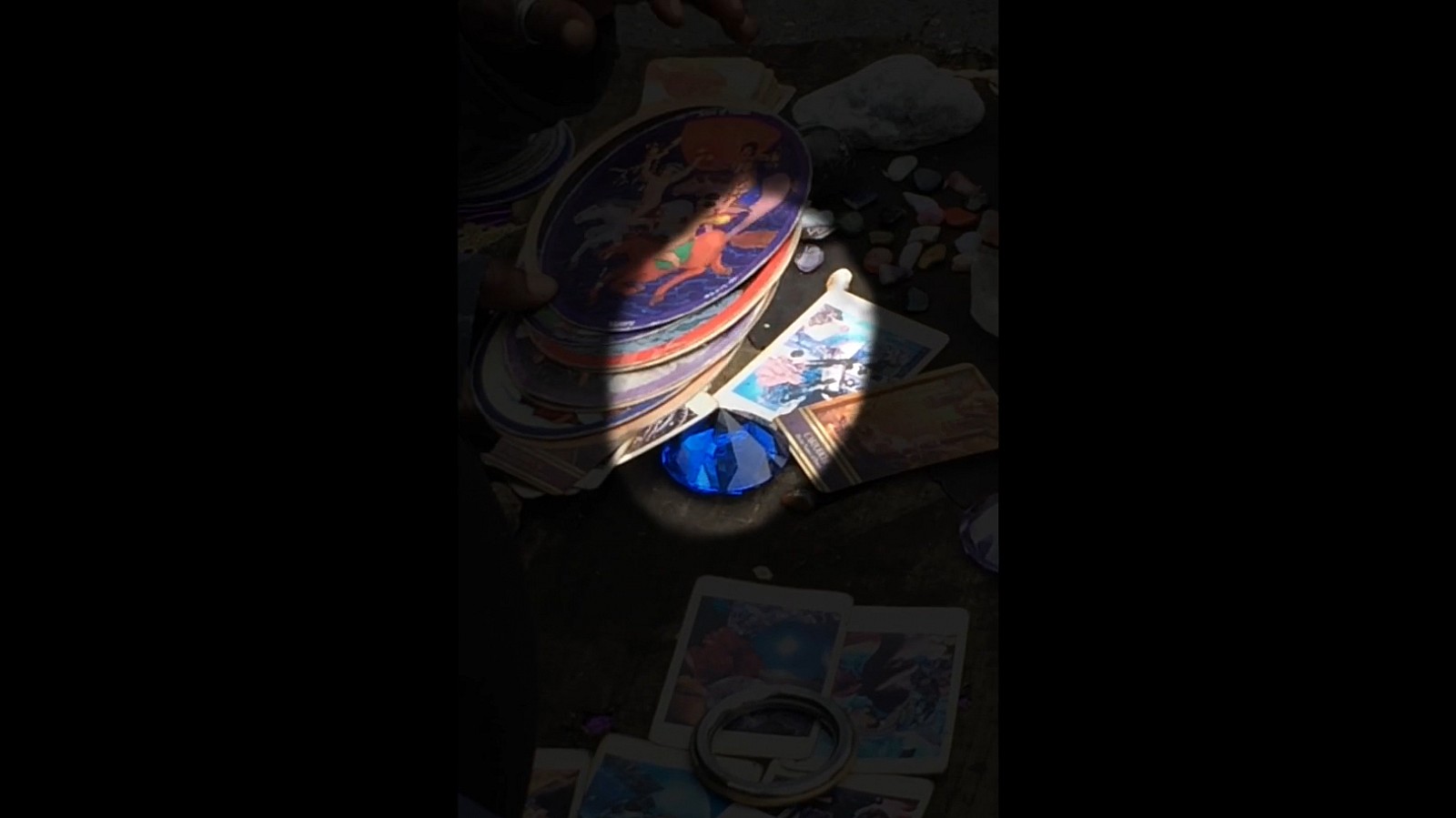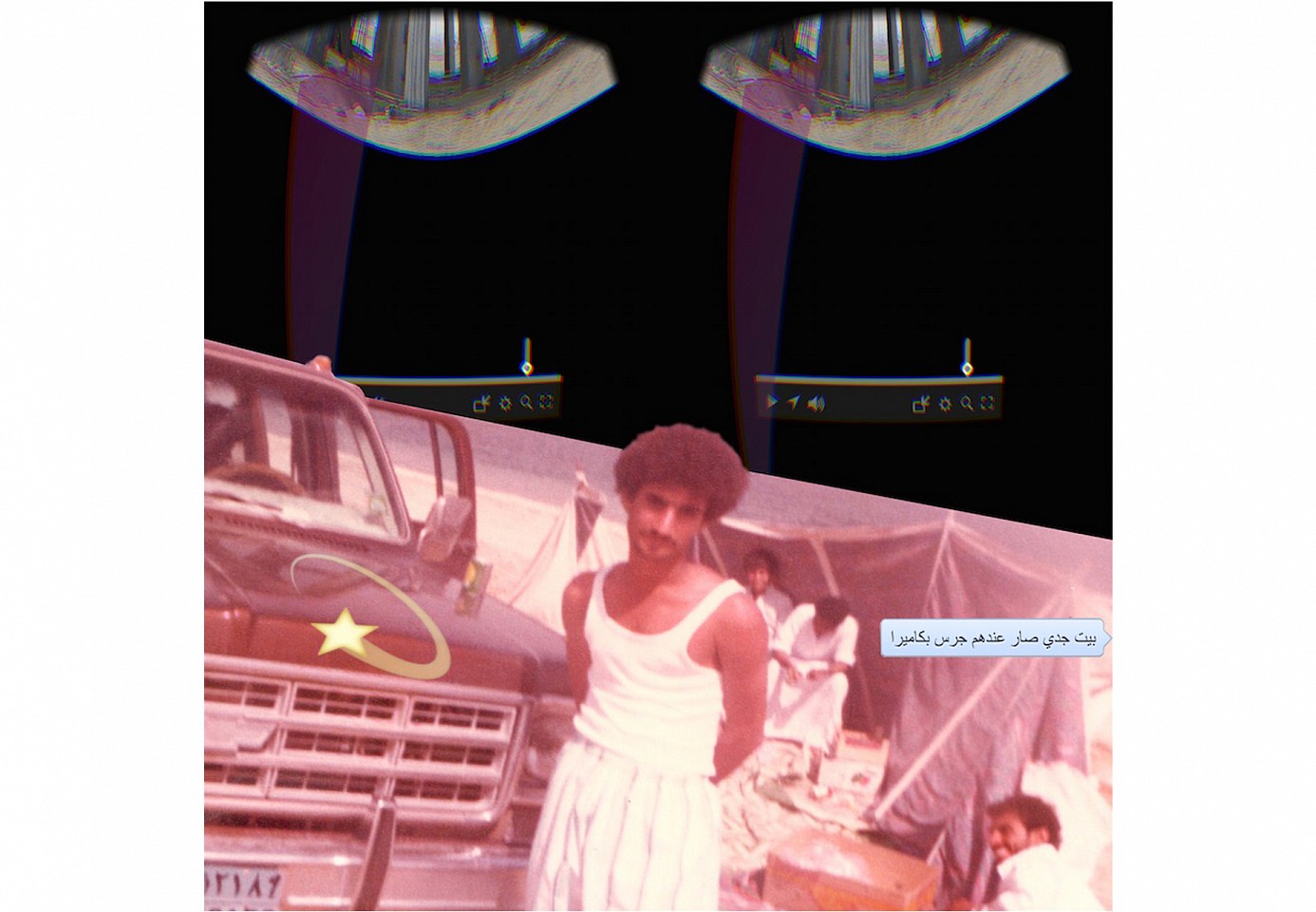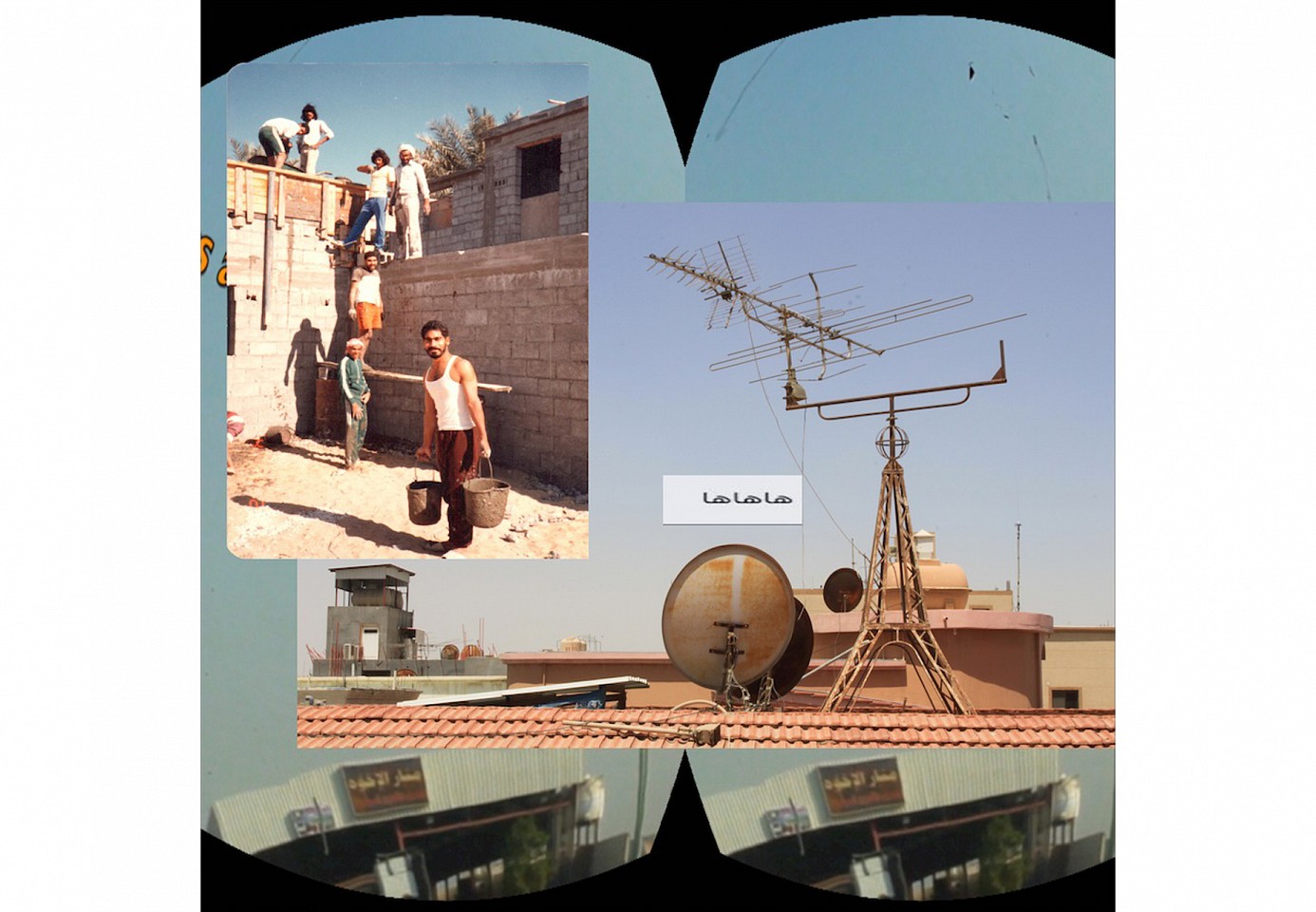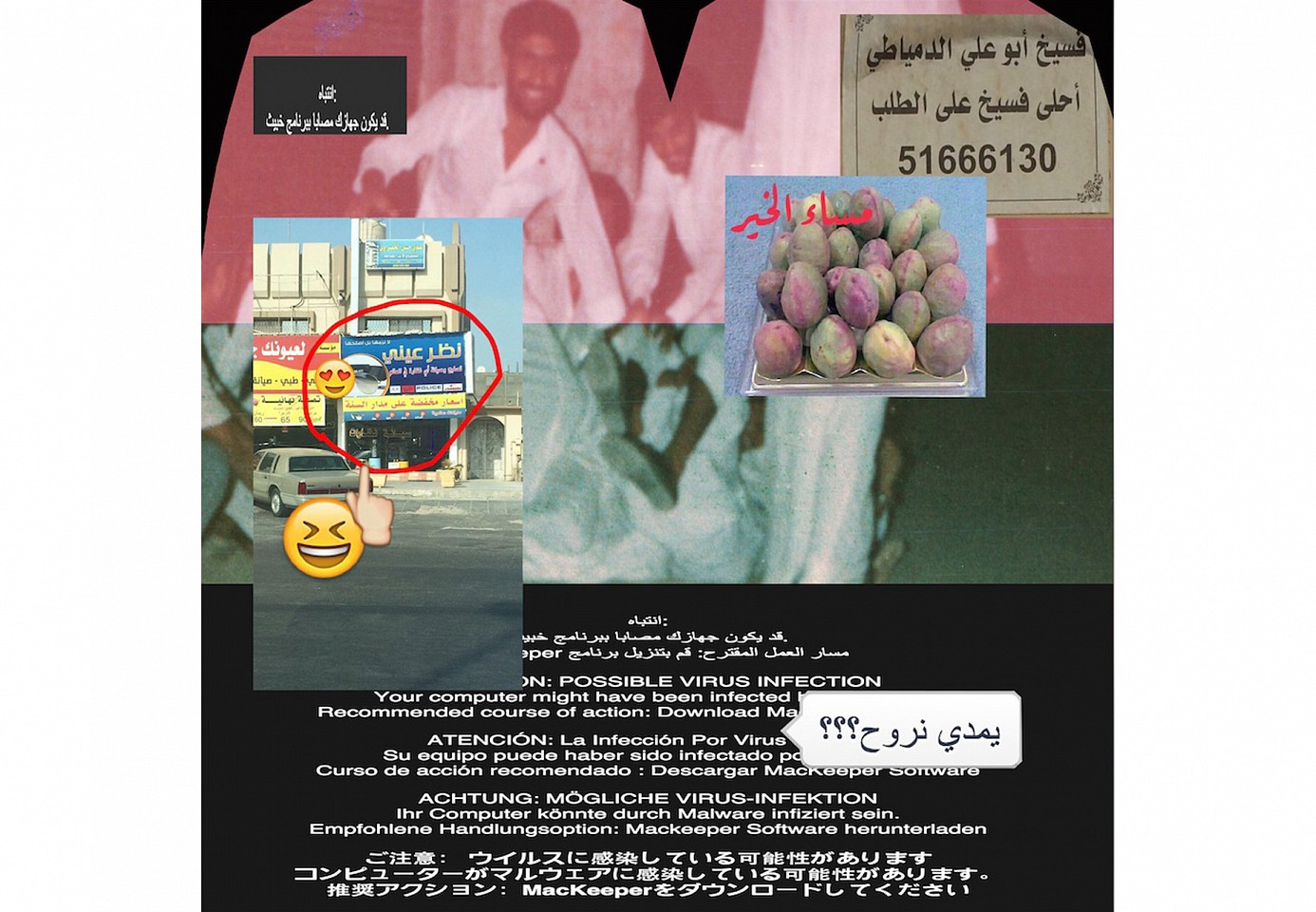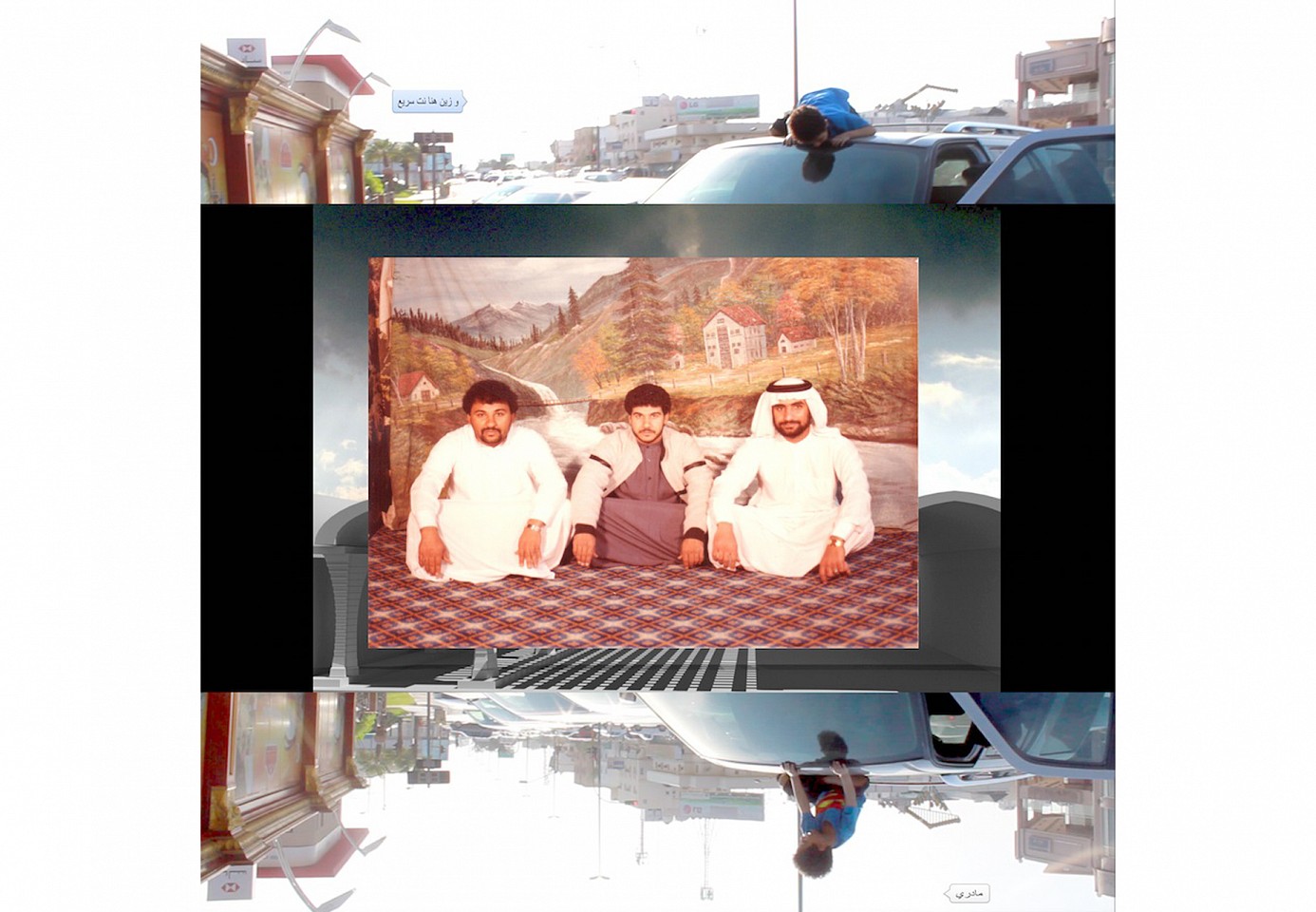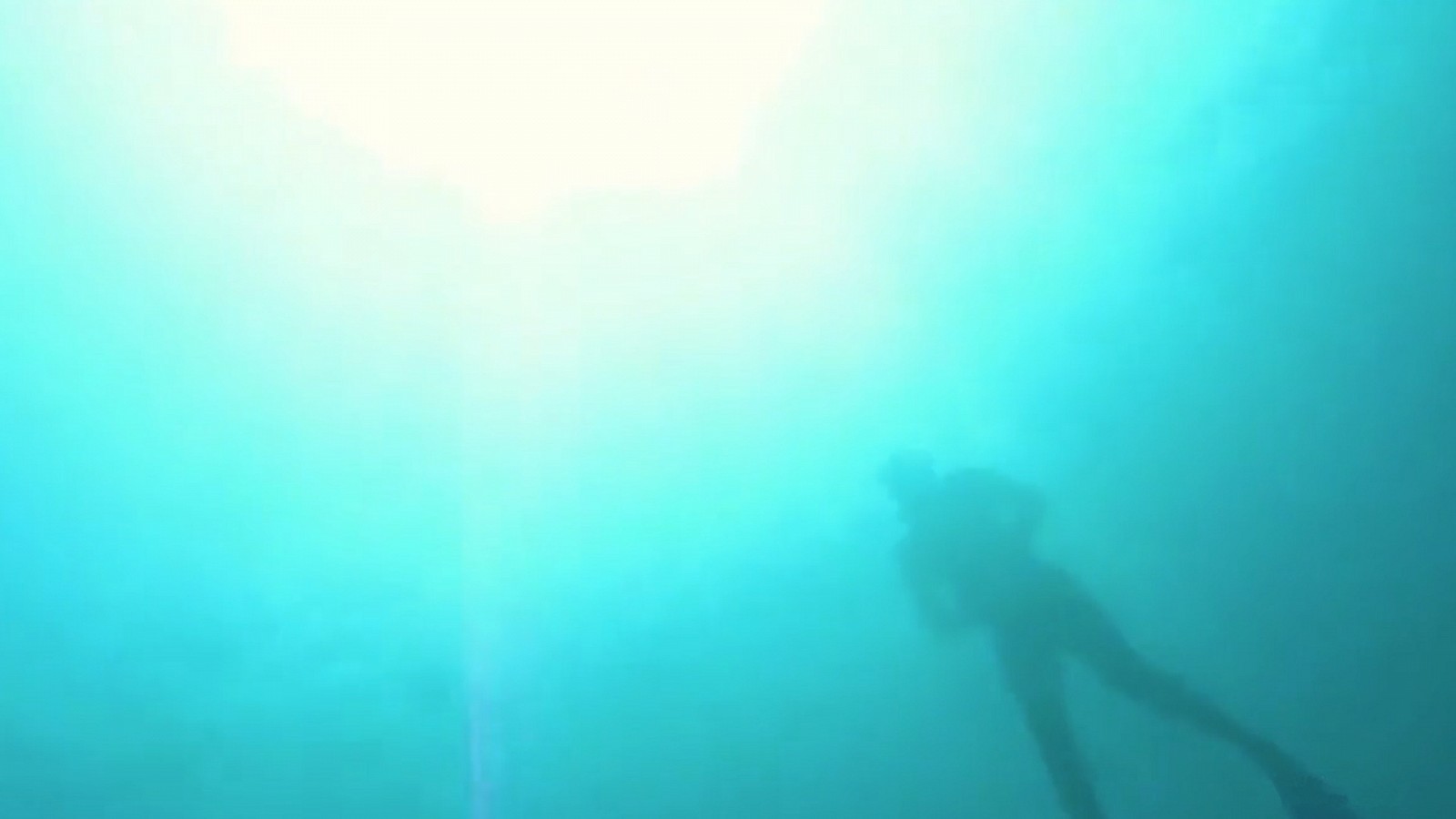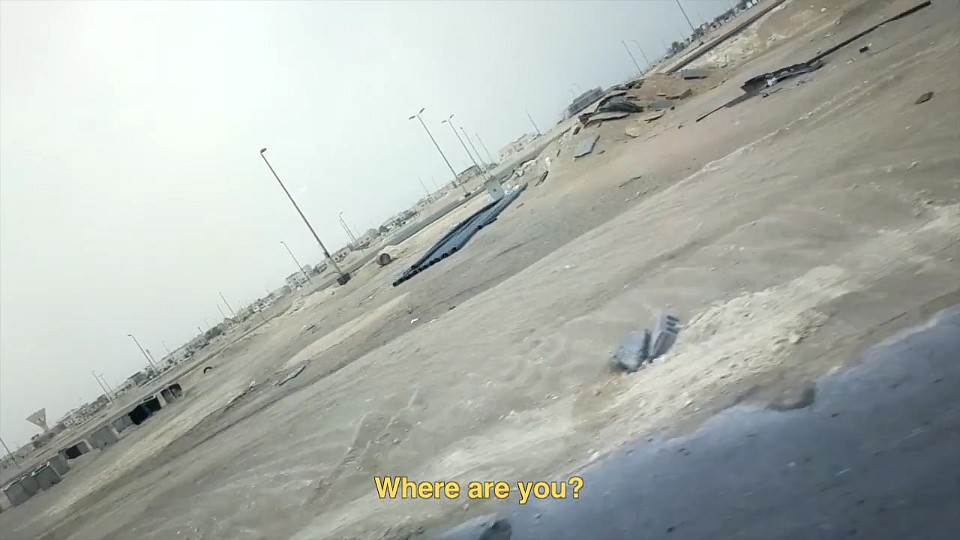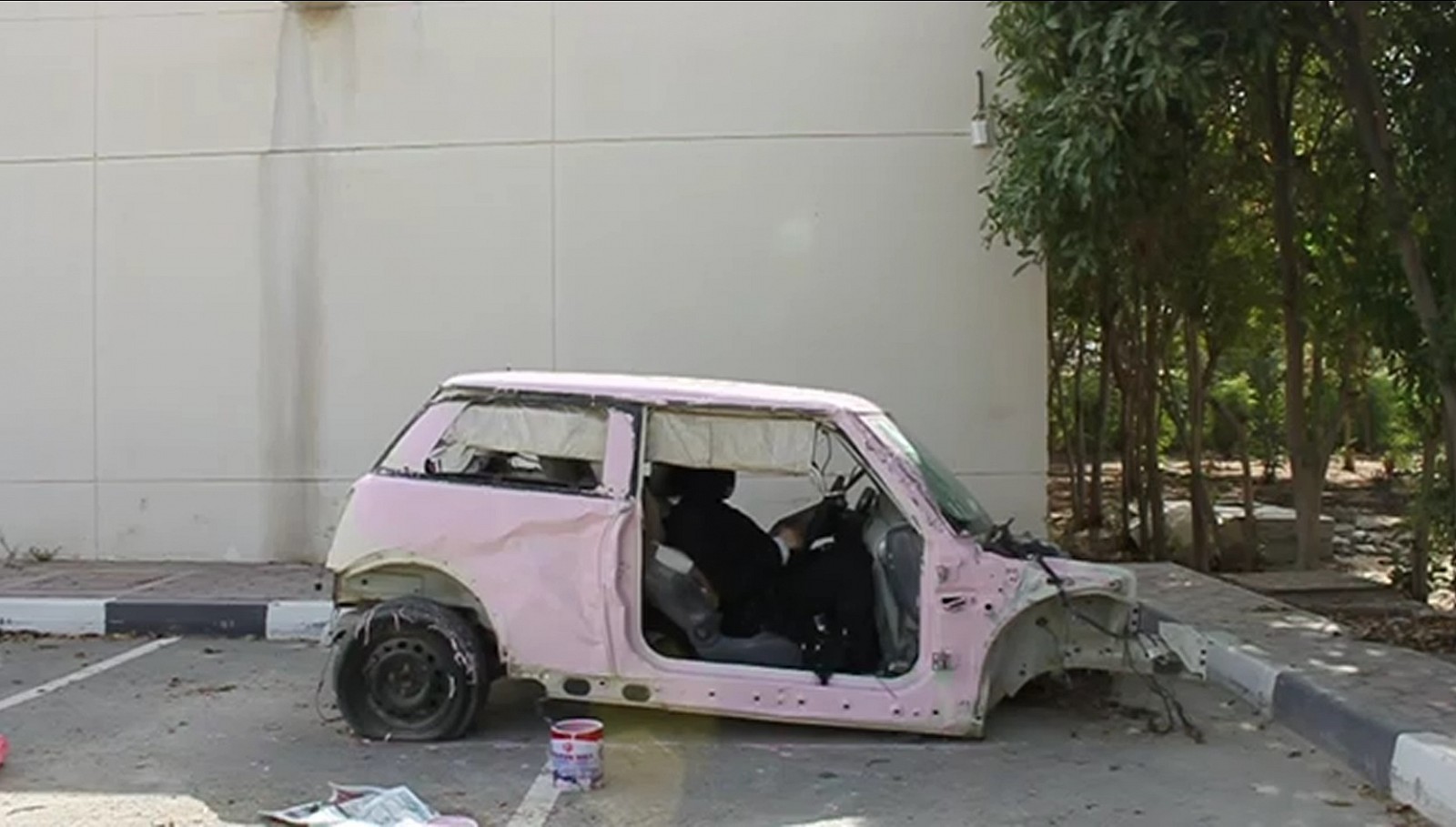Sarah Abu Abdallah
Sarah Abu Abdallah
Bad Hunches, 2019
Acrylic and paper on canvas
SAA0043
Sarah Abu Abdallah
Capacity, 2019
Mixed Media
SAA0033
Sarah Abu Abdallah
Karam, 2019
Mixed Media
SAA0029
Sarah Abu Abdallah
Last Year, 2018
Print on aluminium
SAA0027
Sarah Abu Abdallah
The House That Ate Them Whole, 2018
Three-channel video installation
Edition of 3
SAA0030
Sarah Abu Abdallah
18 Blankets, 2017
Video
Sarah Abu Abdallah
Aunt Sukaina at a Wedding from the series Sanabises, 2017
Puzzle pieces (2mm cardboard and with a glossy coated image surface)
SAA0022
Sarah Abu Abdallah
Blanket 1 from the 18 Blankets series, 2017
Collage, oil paint on wooden frame
94 x 30 x 6 cm
Sarah Abu Abdallah
Blanket 10 from the 18 Blankets series, 2017
Collage, oil paint on wooden frame
94 x 30 x 6 cm
Sarah Abu Abdallah
Blanket 2 from the 18 Blankets series, 2017
Collage, oil paint on wooden frame
94 x 30 x 6 cm
Sarah Abu Abdallah
Blanket 3 from the 18 Blankets series, 2017
Collage, oil paint on wooden frame
94 x 30 x 6 cm
Sarah Abu Abdallah
Blanket 4 from the 18 Blankets series, 2017
Collage, oil paint on wooden frame
94 x 30 x 6 cm
Sarah Abu Abdallah
Blanket 5 from the 18 Blankets series, 2017
Collage, oil paint on wooden frame
94 x 30 x 6 cm
Sarah Abu Abdallah
Blanket 6 from the 18 Blankets series, 2017
Collage, oil paint on wooden frame
94 x 30 x 6 cm
Sarah Abu Abdallah
Blanket 7 from the 18 Blankets series, 2017
Collage, oil paint on wooden frame
94 x 30 x 6 cm
Sarah Abu Abdallah
Blanket 8 from the 18 Blankets series, 2017
Collage, oil paint on wooden frame
94 x 30 x 6 cm
Sarah Abu Abdallah
Blanket 9 from the 18 Blankets series, 2017
Collage, oil paint on wooden frame
94 x 30 x 6 cm
Sarah Abu Abdallah
Family Members Posing at Our Doorstep from the series Sanabises, 2017
Puzzle pieces (2mm cardboard and with a glossy coated image surface)
SAA0023
Sarah Abu Abdallah
Morning of Hope, 2017
Video
Edition of 3
SAA0040
Sarah Abu Abdallah
The Artist Being Held By Her Mother from the series Sanabises, 2017
Puzzle pieces (2mm cardboard and with a glossy coated image surface)
SAA0025
Sarah Abu Abdallah
Zainab and Sarah Posing for Al Eid from the series Sanabises, 2017
Puzzle pieces (2mm cardboard and with a glossy coated image surface)
SAA0024
Sarah Abu Abdallah
Zero Zero, 2017
Video
Edition of 3
SAA0037
Sarah Abu Abdallah
The Delivery Card, 2016
Video
SAA0034
Sarah Abu Abdallah
q-VR 01, 2015
Digital Print
45 x 45 cm (17 11/16 x 17 11/16 in.)
Edition of 4
SAA0001
Sarah Abu Abdallah
q-VR 02, 2015
Digital Print
45 x 45 cm (17 11/16 x 17 11/16 in.)
Edition of 4
SAA0003
Sarah Abu Abdallah
q-VR 03, 2015
Digital Print
45 x 45 cm (17 11/16 x 17 11/16 in.)
Edition of 4
SAA0005
Sarah Abu Abdallah
q-VR 04, 2015
Digital Print
45 x 45 cm (17 11/16 x 17 11/16 in.)
Edition of 4
SAA0007
Sarah Abu Abdallah
The Turbulence of Sea and Blood, 2015
Digital Video
Edition of 5
SAA0009
Sarah Abu Abdallah
The Salad Zone, 2013
Digital Video
Edition of 5
SAA0000
Sarah Abu Abdallah
Saudi Automobile, 2012
Video installation

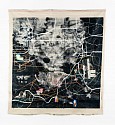
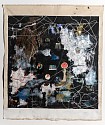
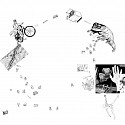


























Continuing on a previous question of how in a hyper-connected world, does one place one's coordinates in the physical, metaphysical, and the digital citizenry. This series draws a mental collage using the everyday, references to virtual reality and old photos of the artist’s father in his youth to make up a fictional world through images.
Continuing on a previous question of how in a hyper-connected world, does one place one's coordinates in the physical, metaphysical, and the digital citizenry. This series draws a mental collage using the everyday, references to virtual reality and old photos of the artist’s father in his youth to make up a fictional world through images.
Continuing on a previous question of how in a hyper-connected world, does one place one's coordinates in the physical, metaphysical, and the digital citizenry. This series draws a mental collage using the everyday, references to virtual reality and old photos of the artist’s father in his youth to make up a fictional world through images.
Continuing on a previous question of how in a hyper-connected world, does one place one's coordinates in the physical, metaphysical, and the digital citizenry. This series draws a mental collage using the everyday, references to virtual reality and old photos of the artist’s father in his youth to make up a fictional world through images.
Sifting through the absolute, the predefined, constructs of anxiety, and the absurdity of the agreed-upon in a time of excess. How does one place one's coordinates in the physical, metaphysical, and the digital citizenry? It is said that the gravitational forces exerted by the planets affect the circulation of human bodies and emotions as much as they affect the oceans. Youtube and google image search help to assemble an uncomfortable space for a question spanning practices of compulsion and purification.
Disarrayed glimpses of multiple narratives such as that of: familial domestic tensions, a juvenile dream of going to Japan, the tendency to smash TVs in moments of anger, and eating fish. While using scenes from the artist’s surroundings and life in Saudi Arabia, like streets or malls, it never attempts to provide the whole picture, but takes a rhizomatic approach to tell a story of the everyday life.
Painting a wrecked car like icing a cake, as if beautifying the exterior would help fix the lack of functionality within the car. This wishful gesture was the only way I could get myself a car - cold comfort for the current impossibility of my dream that I, as an independent person, can drive myself to work one day.

